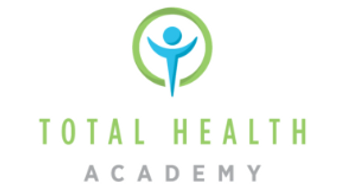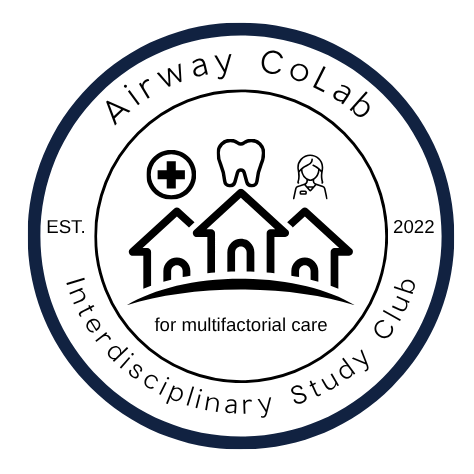The Power of Nasal Breathing
For Medical Providers
In October 2017, the American Dental Association (ADA) passed a resolution,
“The Role of Dentistry in the Treatment of Sleep-Related Breathing Disorders (SRBD)”.
See attached PDF for the full statement.
Dentists Can Help Detect:
- Snoring
- Obstructive Sleep Apnea (OSA)
- Upper Airway Resistance Syndrome (UARS)
- Other Sleep-Related Breathing Disorders
Why Early Detection Matters
In Adults:
- Metabolic and cardiovascular disease
- Respiratory illness
- Dental malocclusion and bruxism
In Children:
- Cardiovascular complications
- Impaired growth
- Learning and behavioral issues
The Role of Dentists in Airway Health
- Screen for SRBD during routine exams
- Identify craniofacial growth concerns in children
- Refer patients to medical providers or orthodontists
- Provide Oral Appliance Therapy (OAT) as a non-surgical treatment
- Collaborate with physicians for integrated patient care
Contact us to explore adding Airway Dentistry to your practice or to schedule a professional consultation.Dentists have specialized expertise in providing OAT, making them essential partners in managing these disorders.
Airway Screening for Sleep-Related Breathing Disorders (SRBD)
Dentists should routinely screen patients for Sleep-Related Breathing Disorders (SRBD) during medical and dental history assessments. Early detection of these disorders is crucial for effective treatment and improved patient outcomes.
Common Symptoms of SRBD
- Daytime sleepiness
- Gagging or snoring
- Witnessed apneas
Key Risk Factors to Evaluate
- Obesity
- Retrognathia
- Hypertension
Pediatric Airway Screening
For pediatric patients, dentists should assess growth, development, and clinical signs that may indicate airway risks. If a potential SRBD risk is identified, dentists should initiate:
- Medical or dental referrals
- Evidence-based treatment options to support healthy airway function and breathing
Recommended Screening Resources
- FAirEST.org – a comprehensive resource for airway and breathing assessment tools
- Additional tools are available on our Screening Tools page

Office Implementation for Sleep-Related Breathing Disorders (SRBD)
If you’re ready to screen and treat Sleep-Related Breathing Disorders (SRBD), consider adopting the Total Health Academy (THA)—an effective, office-based system designed to support your practice.
THA provides a self-paced digital learning platform tailored for doctors and their teams. It equips you with the knowledge and tools needed to effectively screen, treat, and prevent Sleep Disordered Breathing (SDB), inflammation, diabetes, and other oral and systemic health conditions.
We offer guidance to help you access these valuable resources and training, enabling seamless integration of SRBD treatment into your office workflow.
Contact us today for assistance or to schedule a consultation.


Summary of Sleep-Related Breathing Disorders (SRBD)
Sleep-Related Breathing Disorders often result from factors like low tongue posture and soft diets, leading to a smaller mouth, retrognathic maxilla, and malocclusion. Habitual tongue suction helps develop a wide arch, nasal sinuses, and forward maxillary growth.
Historically, chewing for about 1.5 hours daily strengthened alveolar ridges to accommodate all 32 teeth. Today, soft processed foods and pouch feeding contribute to underdeveloped alveolar ridges, lingually inclined teeth, and disrupted oral balance.
Factors such as tongue ties, bottle or pouch feeding, thumb sucking, and pacifiers may cause narrow arches, deviated septum, and congestion. Habitual mouth breathing often leads to chronic nasal congestion, enlarged adenoids/tonsils, dry mouth, and cavities, affecting craniofacial growth and airway function.
Low tongue posture in mouth breathers can cause a longer face, increased gonial angle, and airway narrowing, reducing oxygen to the brain and causing fragmented sleep. Symptoms in children include sweating, bedwetting, sleep apnea, night terrors, snoring, and restless sleep.
Screening and treatment focus on prevention with personalized interventions and lifestyle changes. Encouraging nasal breathing can lower the risk of hypertension, cardiovascular disease, and type 2 diabetes later in life.
Treatments include Oral Appliance Therapy (OAT) and adjunct therapies like Myofunctional Therapy, Frenuloplasty, orthodontic expansion, and the Buteyko Breathing Method.
Our noses filter, warm, humidify air, and produce nitric oxide essential for breathing health. For deeper insights, see our White Papers and explore Recommended Books & Products supporting nasal breathing during the day and sleep.
SUPER BREATHERS® LLC PROVIDES THE INFORMATION ON THIS PAGE FOR EDUCATIONAL PURPOSES ONLY
All content found on the superbreathers.com website, including text, images, video, or other formats were created for informational purposes only. The content of this website is not intended to be a substitute for professional medical advice, diagnosis, or treatment. Always seek the advice of your physician or other qualified health provider with any questions you may have regarding a medical condition. Never disregard professional medical advice or delay in seeking it because of something you have read on this website.
© 2025 by Kelley Richardson | SuperBreathers, LLC

